ERP Implementation: Life Cycle, Steps, And Best Practices
Thinking about transforming your business processes? ERP implementation is your answer.
But, first let's understand ERP. It stands for Enterprise Resource Planning.
In simple words, ERP is a software system that integrates all functions of your departments - HR, finance, production, supply chain and sales into one centralized system. However, successful deployment requires a well-planned approach to avoid costly mistakes
In this guide, we’ll walk you through critical elements, from steps for implementing ERP to handling data migration effectively.
Learn how to navigate the complexities of enterprise resource planning ERP system implementation and adopt strategies that streamline operations.
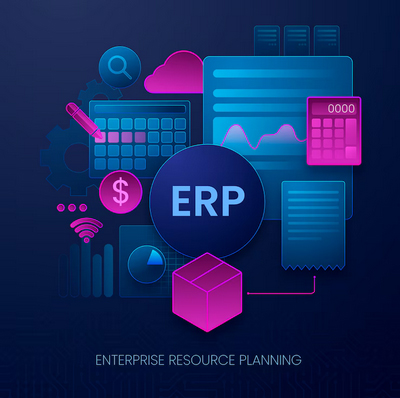
What Is ERP Implementation
ERP implementation refers to the process of installing, configuring, and deploying an ERP system within an organization to manage core business processes, such as finance, human resources, and supply chain.By leveraging ERP implementation technology, businesses can automate workflows and enhance decision-making through real-time data.
The benefits of ERP Implementation include:
Improved Efficiency: Automates routine tasks, reducing manual intervention.
Data Integration: Centralizes data, improving accessibility and accuracy.
Cost Savings: Streamlines operations, reducing waste and operational costs.
Scalability: Supports growth by adapting to changing business needs.
Enhanced Reporting: Provides better insights through comprehensive analytics.
How Does The ERP Implementation Process Work
ERP system implementation stepsinclude:
1. Planning and Goal Setting: Define objectives and success metrics.
2. Software Selection: Choose the ERP system that aligns with business needs.
3. Design and Customization: Tailor the system to fit specific workflows.
4. Data Migration: Transfer existing data to the new system.
5. Testing: Ensure all modules function as intended.
6. Training and Go-Live: Train staff and officially launch the system.
What Is The ERP Implementation Life Cycle?
The ERP life cycle consists of several phases, ensuring smooth integration and alignment with business goals.
1. Initiation: Assess readiness and define scope.
2. Planning: Develop a detailed project plan.
3. Design: Customize the ERP solution to fit business processes.
4. Build: Configure and develop the system.
5. Testing: Conduct rigorous tests to identify issues.
6. Go-Live and Maintenance: Launch the system and provide ongoing support.
ERP Implementation Steps
A successful ERP deployment follows six critical phases:
1. Planning : Set clear goals and create a roadmap.
2. Software Selection: Choose an ERP solution that meets your requirements.
3. Data Migration Clean, organize, and transfer data.
4. Configuration: Customize the system to align with workflows.
5. Training and Change Management:Prepare users for the transition.
6. Go-Live and Evaluation:Launch the system and assess its performance.
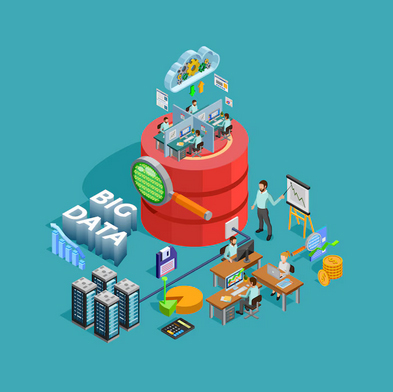
What Is ERP Implementation Methodology?
There are several methodologies to implement ERP, including:
Waterfall Methodology: A sequential, phase-based approach ideal for projects with clear requirements.
Agile Methodology: An iterative approach that allows for flexibility and continuous improvement.
Hybrid Models: Combine elements of both waterfall and agile for a balanced approach.
The chosen methodology impacts timelines, costs, and project success.
What Is The ERP Process Flow?
ERP process flow ties the business processes and functions in a single system. It helps:
Remove redundancy
Improve operational efficiency
Eliminate repetitive tasks
Monitor performance
What Are The Best Practices For ERP Implementation?
Adopting an ERP procedure is not easy. It comes with various challenges. Therefore, to avoid them beforehand, we have sifted through the best practices for ERP implementation. Start by:
Outlining why you NEED an ERP - The first and most important step is to have a clarity on what is that you want to achieve. Is it improved sales? Or reduced staff burden?
Choosing the Right Team - Appoint a cross functional team with leaders who can guide and support you. This way the needs of all departments be it HR, finance or production will be satisfied.
Creating a realistic Plan - Having a detailed project plan with timelines and milestone gives a idea of what the future should look like post implementation.
Keeping the Stakeholders Informed- Involve users from the beginning to gain their confidence. This boosts adoption rates and reduces reluctance.
Training the employees- Invest in training to ensure users are comfortable with the new system.
Tracking Regular Progress - ERP implementation ends with monitoring and maintenance. Use project management tools to monitor progress, identify potential bottlenecks, and maintain communication across teams.
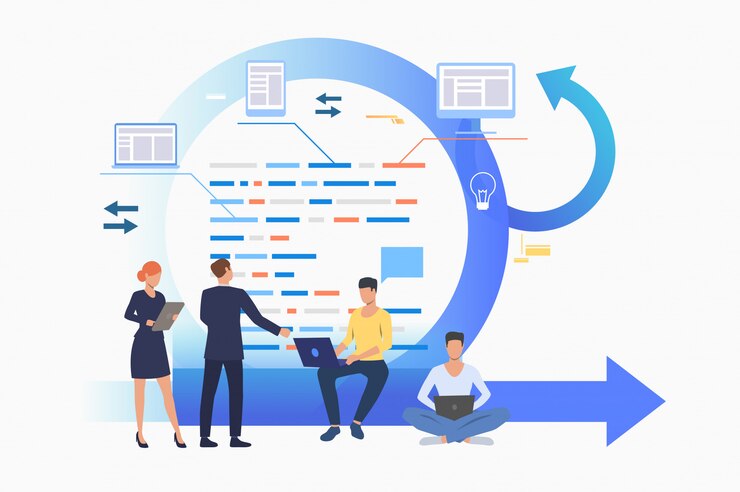
How Long Does ERP Implementation Take?
A typical ERP system implementation process can take 6–18 months, depending on variables like:
Business size.
Complexity of processes.
Team expertise.
Available resources.
No. of modules to be implemented.
Small businesses witness faster implementation in 3 to 4 months while MNCs doing heavy investments to achieve high ROI may need 12-18 months or more for erp installation process.
How Do We Estimate ERP Implementation Time?
Time required for on-premise ERP software implementation is different that cloud one. On-premise requires dedicated hardware, network setups, and servers, which adds weeks or even months to the process.
Cloud-based ERP systems are faster to deploy and have minimal hardware requirements. Which is why nearly 90% of organizations are now using cloud.
So, now to access the estimated time for ERP planning and implementation, start by:
1. Understanding Your Business Complexity - Access your workflow and customization needs.
If you have a small business with a simple workflow, your estimated time frame would be 2 - 4 weeks for planning and deployment. But a large enterprise can take anywhere between 2-6 months for planning, 6–9 months for development and 3-6 months for deployment.
2. Set Clear Goals and Phases - Break down the ERP implementation process flow into measurable milestones. Allocate time for each stage i.e.
Planning
Customization and Development Testing Training and Go-Live| Business Size | Project Phase | Estimated Duration |
|---|---|---|
| Small Business | Planning | 2 weeks |
| Deployment | 4 weeks | |
| Training and Go-Live | 6–8 weeks | |
| Total | 3 -4 months | |
| Mid-Sized Business | Planning and Setup | 2 months |
| Planning | 2–3 months | |
| Development | 6–9 months | |
| Testing, Training, and Deployment | 3–6 months | |
| Total | 12–18 months |
3. Consult Experts - Collaborate with experienced ERP consultants, like our team at Ekklavya, to ensure realistic projections based on industry benchmarks.
How To Handle Data Migration And Analysis For ERP?
Data readiness is crucial for a successful ERP project. Steps include:
Data Cleaning: Remove duplicates and outdated records.
Mapping: Align old data fields with new ERP fields.
Data Validation: Test data accuracy post-migration.
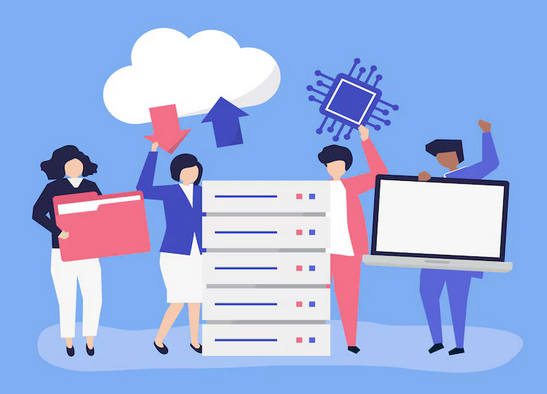
What Are The Key Steps For Testing And Maintenance In ERP?
Testing is one of the important steps of implementing ERP. It checks whether the system functions as it must. If not, corrective steps and maintenance is done.
ERP testing is important because it:
Evaluates the ability of ERP systems to integrate with other systems or platforms
Checks whether the system can accept, process, and transfer data from external sources without errors.
Detects errors, bugs or defects in the execution stage before the project goes live.
Reduces data loss that can cause delay and financial losses to the company.
The following are the types of testing methods:
Unit Testing- To test individual components and modules of ERP.
Integration Testing- to verify the interoperability of your ERP systems with other systems or applications, such as databases or external platforms.
System Testing- to check the whole system including hardware, software as well as user interaction.
User Acceptance Testing (UAT) - to check user satisfaction through the system. This includes end-users or stakeholders.
Performance Testing - to measure the response time, reliability, and system load capacity of the ERP system.
Regression Testing - to test the ERP system after updates, bug fixes, or feature additions. It ensures that new changes don’t affect existing functionalities.
How To Evaluate The Success Of An ERP Implementation?
Measure the following KPIs (key performance indicators) to evaluate the success of ERP implementation process:
1 Achievement of Business Goals
Did you achieve your business goals and objectives after implementation? These can include:
Cost Reduction
High Return on Investment (ROI)
Increased employee productivity
Increased User adoption
Customer satisfaction
2. Improved Data Management and Reporting
Did the functioning in departments improve post ERP or not? Measure the following KPIs:
Real-time access to information
Uniformity in processes due to centralized data
Quick decision making due to real-time reporting.
Reduced data silos across departments
3. Better compliance and risk management
Better control and security is must after ERP implementation.
Easier regulatory compliance
Automated audit trails
Enhanced security protocols
Reduced risks with improved monitoring
How To Assess ERP Implementation Outcomes?
Survey end-users, track metrics like ROI, productivity, and compliance improvements to access ERP outcomes. Make sure to compare results against the set business objectives and see how much is achieved.
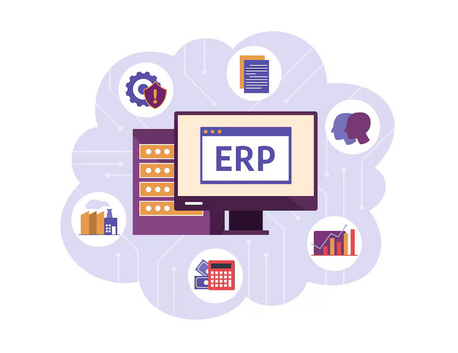
How Does Change Management Impact ERP Implementation?
ERP change management is a bridge that manages people and processes transition from existing to a new ERP system. Change management in ERP prepares the organization to accept the new system faster.
Change management in ERP is important for:
Managing Employee Resistance
Employees are the first ones to reject something new. Change management addresses their concerns and explains the benefits of using ERP.
Change management strategies also include employees in the process and ask for their feedback. This makes the employees embrace and support the new system.
Reducing Project Delays
Change management minimizes delays by identifying potential issues early i.e in the planning stage itself. So, now by taking counter steps like proper planning, training, and effective communication can ensure smooth transition. Thus, reducing the risk of bottlenecks and missed deadlines.
Engaging Stakeholders Actively
Involving all key stakeholders—such as senior management, department heads, and end-users—ensures alignment and commitment. Their active participation in decision-making boosts accountability and drives project success.
Frequently Asked Questions About ERP Implementation
ERP implementation process flow has six phases. These include:
1. Planning and discovery Stage
2. Design
3. Development
4. Testing
5. Deployment
6. Ongoing Support and monitoring
ERP system implementation can take 6 to 18 months depending upon business size, complexity and available resources.